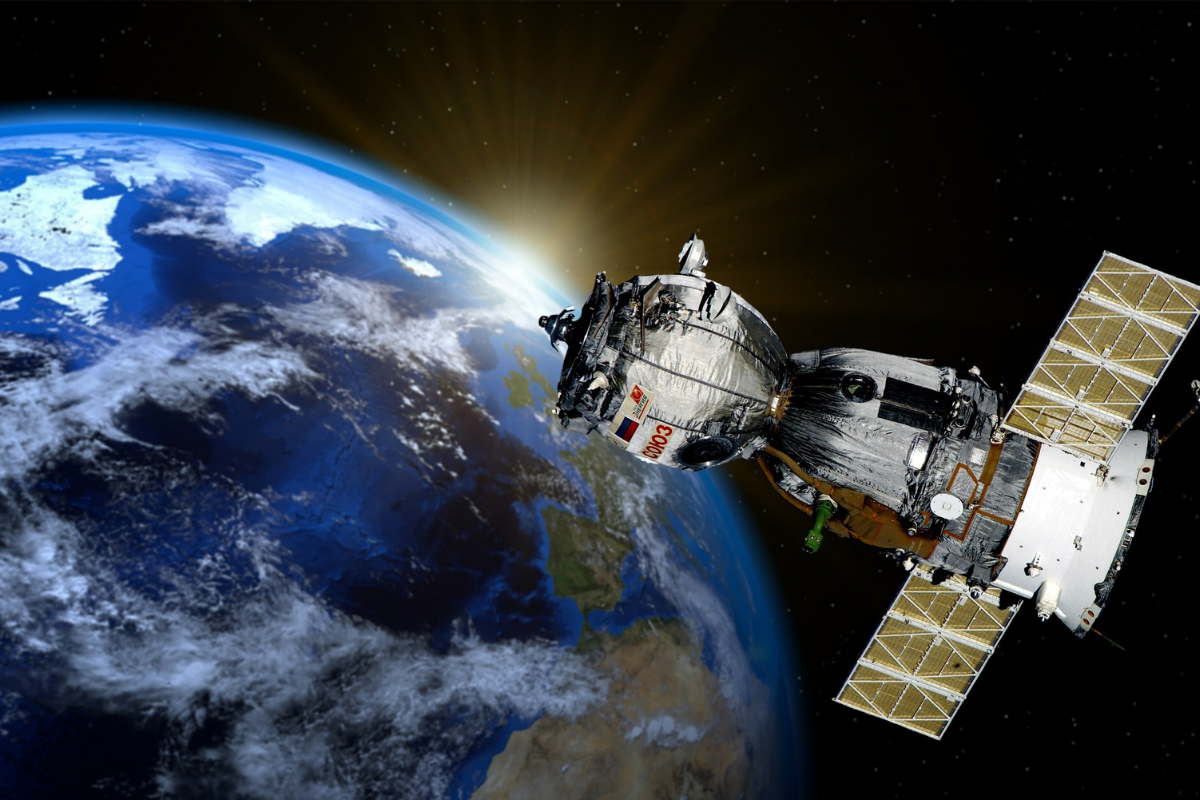“ But what about timescales and deliverables? Is all of this about to happen and change the distribution of video and entertainment and the way they are consumed overnight?”
Hardly! While the infrastructures are increasingly in place, making them work effectively together to develop the full benefits of both will be an evolution rather than a revolution. Some commentators believe that we won’t start to see the real benefits of an integrated 5G and cloud delivery infrastructure until at least the middle of 2021 and possibly further out than that. And there will undoubtedly be territorial fast and slow lanes in which the rollout is dependent on other factors determined by post Covid-19 economics and appetite for more change. Meanwhile, the dependable, trusted, proven satellite and content delivery platforms we know and love will continue to work for us for many years to come.






